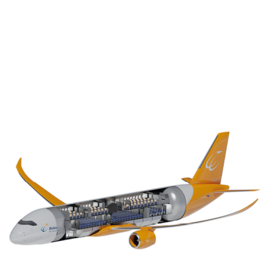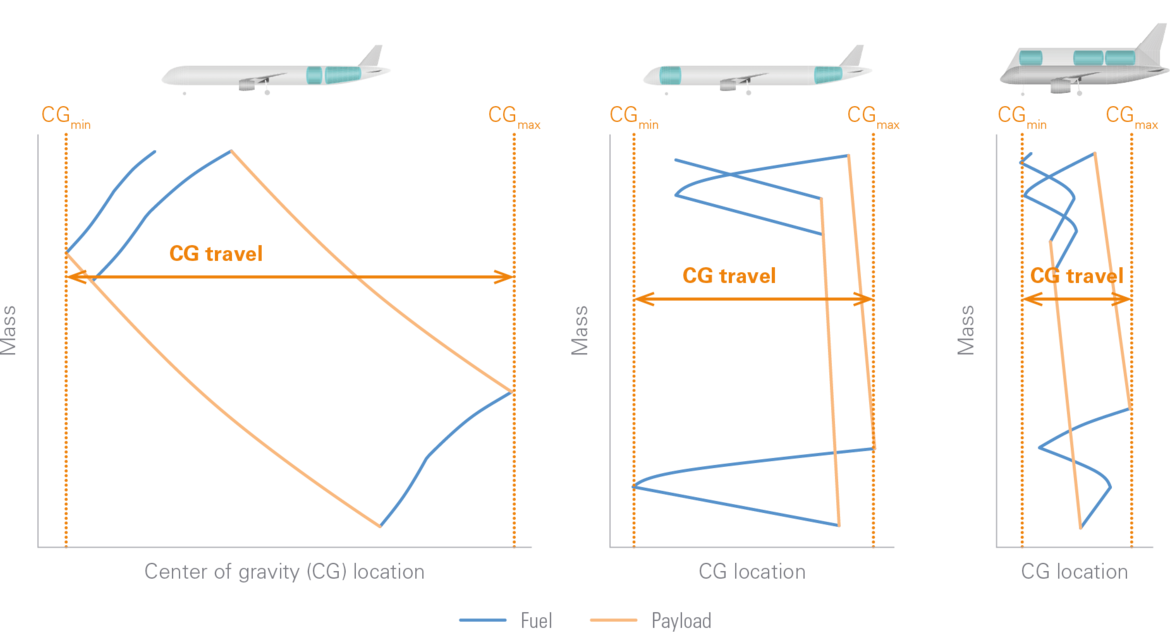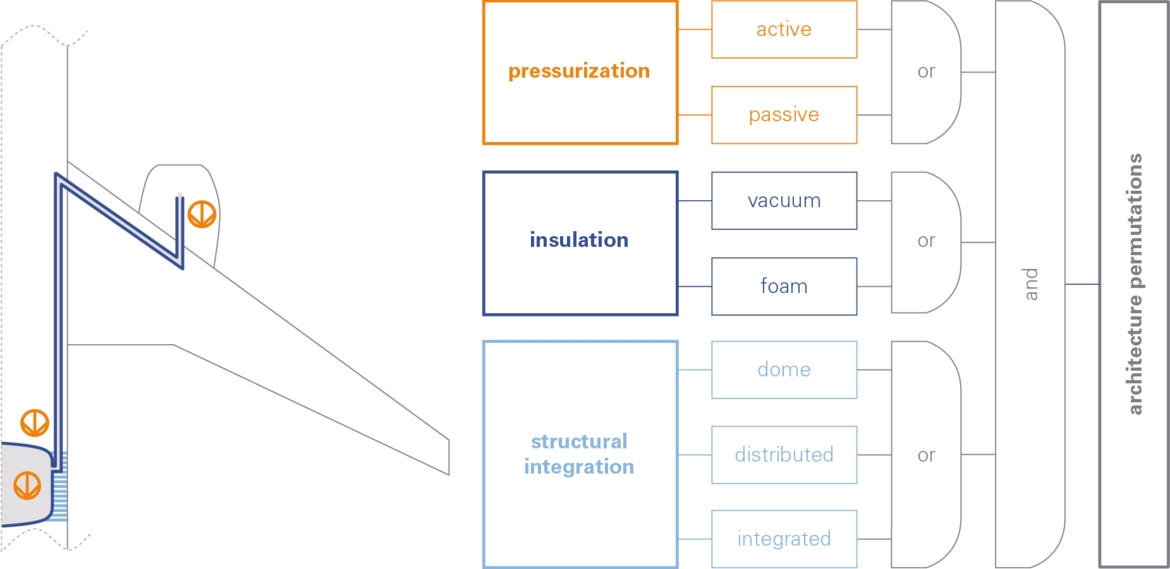The emergence of liquid hydrogen (LH2) as a potential aviation fuel presents significant challenges and opportunities for civil aviation aircraft design.

Aircraft configurations: In addition to regional and short-to-medium range aircraft, research increasingly supports the feasibility of longrange aircraft using LH2. LH2 aircraft configurations demand careful consideration of tank placement and center of gravity shifts during flight.
Wing: The use of LH2 introduces new requirements for wings. The aeroelastic analyses must extend beyond only omitting the fuel weight and encompass dynamic cases such as flutter and reduced loads during taxiing. Storing a share of LH2 within the wing, as explored in the LuFo CHoSe project, might offer potential for large aircraft.
Propulsion concepts: Regarding the propulsion system, LH2 combustion in turbofans appears feasible, while fuel cell technology for large aircraft faces challenges in achieving sufficient power-to-weight ratios. Synergies are currently being explored to allow for additional efficiency improvements.
Uncertainties and challenges: The LH2 fuel system introduces substantial complexity and weight. Components such as pumps and valves require further development. Managing boil-off is crucial since venting hydrogen is a climate-impacting emission. Ground operations, e. g. fueling during turnaround or defueling in the case of flight cancellations or delays, must be redefined.
While the economic conditions required for the feasibility of LH2 aircraft are still subject to a high degree of uncertainty, the technical maturity is steadily increasing thanks to numerous research projects like HOPE, HYLENA, HyKlik, 328H2-FC, H2Avia, CHoSe, DWiTE, and Hy-ShAir. This research within Bauhaus Luftfahrt is intended to provide an important long-term option for reducing the climate impact of aviation.


